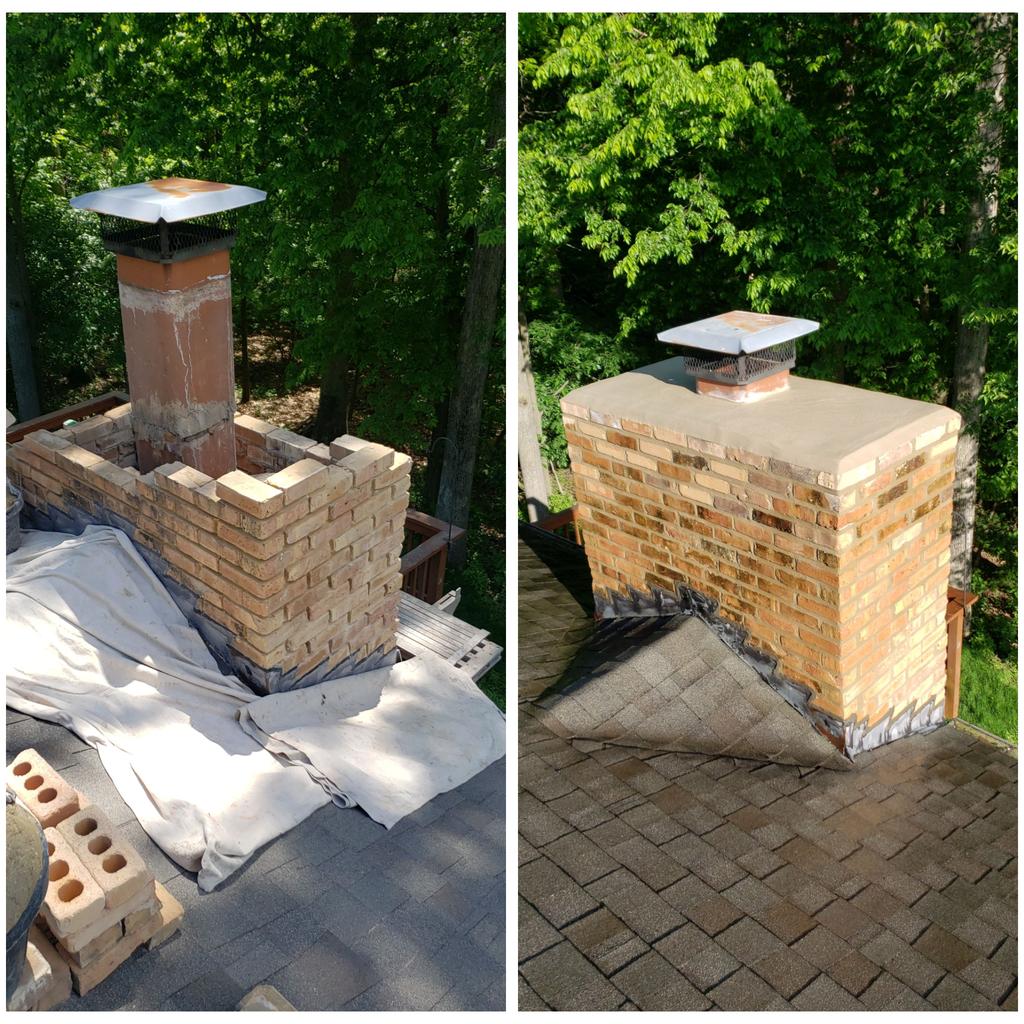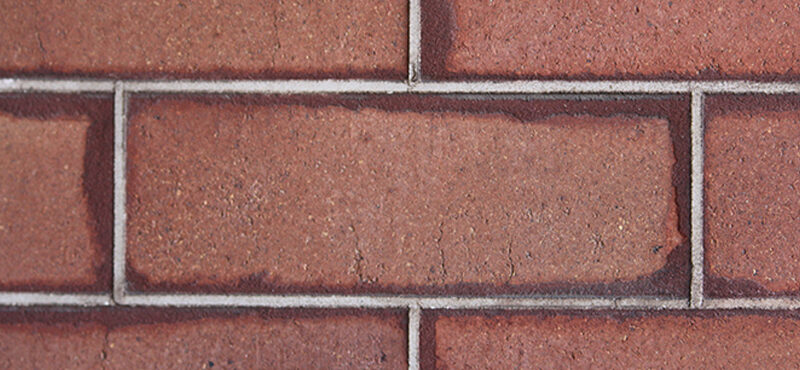Enhance Curb Appeal with Raul's Tuckpointing St. Louis MO Services: High Quality Renovations
Wiki Article
Improve the Beauty and Resilience of Your Brickwork With Tuckpointing
Over time, the mortar that holds those bricks with each other can wear away, leaving your framework at risk to harm and taking away from its aesthetic allure. Anxiety not, for there is a remedy that can recover both the appeal and sturdiness of your brickwork: tuckpointing. In this conversation, we will certainly discover the fundamentals of tuckpointing, its benefits, the distinction between tuckpointing and repointing, the process itself, and the essential practices for caring and keeping for tuckpointed brickwork.The Fundamentals of Tuckpointing
Tuckpointing is a knowledgeable technique made use of to boost the look and repair and structural honesty of brickwork. It includes the process of removing worn-out mortar joints and replacing them with fresh mortar. The term "tuckpointing" describes the method of using 2 various shades of mortar to create the impression of fine joints, offering the brickwork a much more polished and visually pleasing appearance.
The primary step in tuckpointing is to carefully examine the condition of the brickwork. This entails checking the mortar joints for signs of damage, such as splitting, collapsing, or missing out on mortar. Once the trouble areas have actually been identified, the old mortar is carefully removed utilizing specialized devices, such as a grinder or chisel, while guaranteeing that the bricks themselves stay intact.
After the old mortar has been eliminated, the next action is to prepare the joints for fresh mortar. This commonly includes clearing out any particles or loosened product and moistening the joints to make certain proper bond. After that, a proficient tuckpointer utilizes a pointing trowel to very carefully fill the joints with fresh mortar, making certain to develop a flush and consistent surface.
Benefits of Tuckpointing
Improving both the long life and appearance of brickwork, tuckpointing offers several noteworthy advantages for property owners and building proprietors alike. By replacing deteriorated mortar joints, tuckpointing avoids moisture from permeating right into the brickwork, which can lead to architectural damage over time.Over time, mortar joints can end up being split, discolored, or tarnished, detracting from the general appearance of the brickwork. Tuckpointing includes very carefully removing the harmed mortar and replacing it with fresh mortar of a different color.
Along with boosting the long life and appearance of brickwork, tuckpointing can additionally enhance the worth of a building. Well-maintained brickwork is seen as a preferable feature by prospective customers and can considerably improve the visual allure of a home. When the time comes to put the property on the market., this can lead to a greater marketing price and a quicker sale.
Tuckpointing Vs. Repointing: What's the Distinction?

To compare tuckpointing and repointing, it is very important to recognize the essential differences in between these 2 techniques of brickwork reconstruction. While both strategies intend to keep the structural stability and visual appeal of brickwork, they differ in their method and implementation.
Tuckpointing is a thorough procedure that includes using 2 different colors of mortar to create the impression of fine joints. This strategy is largely utilized to improve the visual appeal of brickwork by producing the appearance of well-maintained and well-crafted joints. The tinted mortar is meticulously applied and shaped to match the color and account of the original mortar, giving the impact of accuracy and workmanship.
On the various other hand, repointing is a more uncomplicated procedure that involves removing broken or worn-out mortar from the joints and replacing it with fresh mortar. The key objective of repointing is to restore the structural honesty of the brickwork by making sure proper bonding and securing in between the bricks. Unlike tuckpointing, repointing does not involve the usage of colored mortar or the production of an ornamental impact.
The Refine of Tuckpointing
The application of two various colors of mortar to develop the illusion of great joints is a thorough procedure referred to as tuckpointing. This technique entails eliminating worn-out mortar joints and changing them with new mortar to enhance the look and structural honesty of the brickwork. The process of tuckpointing can be divided right into several actions.First, the old mortar is carefully gotten rid of utilizing specialized tools such as mills and blades. It is essential to remove the mortar to a sufficient deepness to make certain a strong bond with the brand-new mortar.
Following, the joints are completely cleansed to remove any particles or dust. This assists to create a clean surface for the brand-new mortar to comply with.
As soon as the joints are cleaned, a thin layer of brand-new mortar is used to the joint using a tiny directing trowel. This preliminary layer, referred to as the "punctuating" mortar, is typically the exact same color as the existing mortar.
After the preliminary layer has actually been used, click here for info a 2nd layer of mortar is applied on top of it. This 2nd layer, called the "fillet" mortar, is see this a different color and is very carefully formed to develop the impression of a fine joint.
Maintaining and Caring for Tuckpointed Brickwork
As soon as the tuckpointing procedure is finished, proper upkeep and treatment are necessary to protect the improved beauty and toughness of the brickwork. This upkeep not only guarantees that the tuckpointed locations stay practical and undamaged however likewise helps to prevent any potential damages to the total structure.One of the crucial aspects of keeping tuckpointed brickwork is normal cleaning. It is crucial to avoid utilizing any severe chemicals or unpleasant tools that might potentially harm the mortar or the bricks themselves.
Along with cleansing, it is necessary to evaluate the tuckpointed areas periodically. This permits the early detection of any kind of signs of degeneration or damage. Any type of cracks, loose mortar, or indicators of water damage ought to be addressed without delay to stop more degeneration.
Furthermore, guaranteeing appropriate drainage around the brickwork is critical. Water pooling or incorrect drain can bring about moisture infiltration, which can compromise the mortar and create architectural damage. Clearing rain gutters and downspouts routinely and making certain that they are properly directed away from the brickwork can help avoid these problems.
Last but not least, it is recommended to speak with an expert tuckpointing specialist for normal upkeep and repairs. Their experience and experience can make certain that any kind of essential fixings are done appropriately, keeping the honesty and longevity of the tuckpointed brickwork.
Conclusion
In final thought, tuckpointing blog is a beneficial technique for enhancing the appeal and sturdiness of brickwork. Tuckpointing entails the removal and substitute of worn-out mortar, resulting in a tidy and uniform appearance.
It includes the process of getting rid of scrubby mortar joints and changing them with fresh mortar. Raul's Tuckpointing St. Louis MO.After the old mortar has been eliminated, the following action is to prepare the joints for fresh mortar. Tuckpointing includes meticulously removing the damaged mortar and changing it with fresh mortar of a different color. The colored mortar is thoroughly used and formed to match the color and profile of the original mortar, offering the perception of accuracy and craftsmanship

Report this wiki page